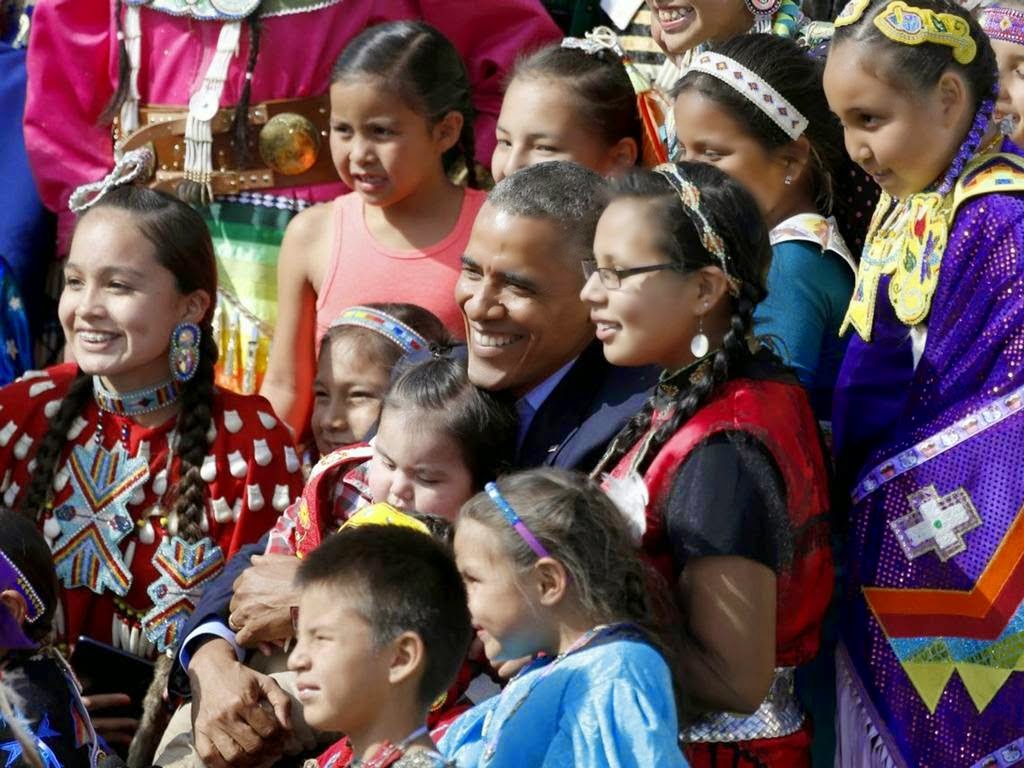Para i Famagu'on
For years Peter Onedera's column gi Fino' Chamoru has been my favorite part of the Pacific Daily News. Many Chamorro speakers are critical of the way that Onedera writes in the Chamorro language and the way that he spells, but often times I feel these criticisms have more to do with people feeling inadequate in terms of their ability to read Chamorro or just feeling plain lazy. Ondera's columns can be difficult to read, and many people simply turn their minds off because they don't like the way he spells certain things. Others make their way through it, but don't like the Chamorro he uses because it is different that the way he speaks or the way most people speak. There is some truth to this, but the far greater truth that people don't want to acknowledge is that while we do have thousands of Chamorro speakers out there, we don't have nearly as many Chamorro readers or writers. Even if there are people who are fluent in the language, it doesn't mean that
_enters_apra_harbor_for_a_scheduled_port_visit__large.jpg)




